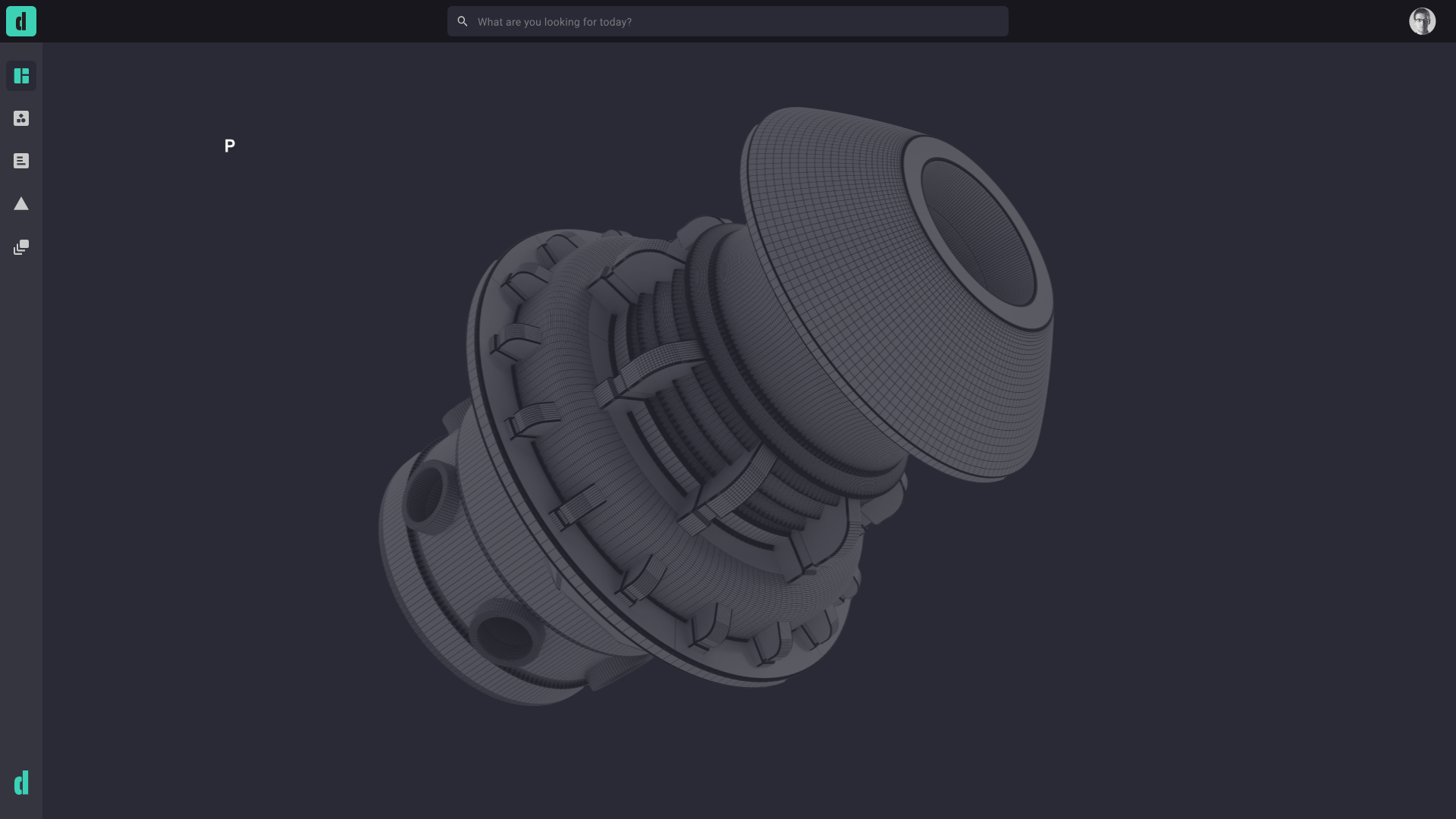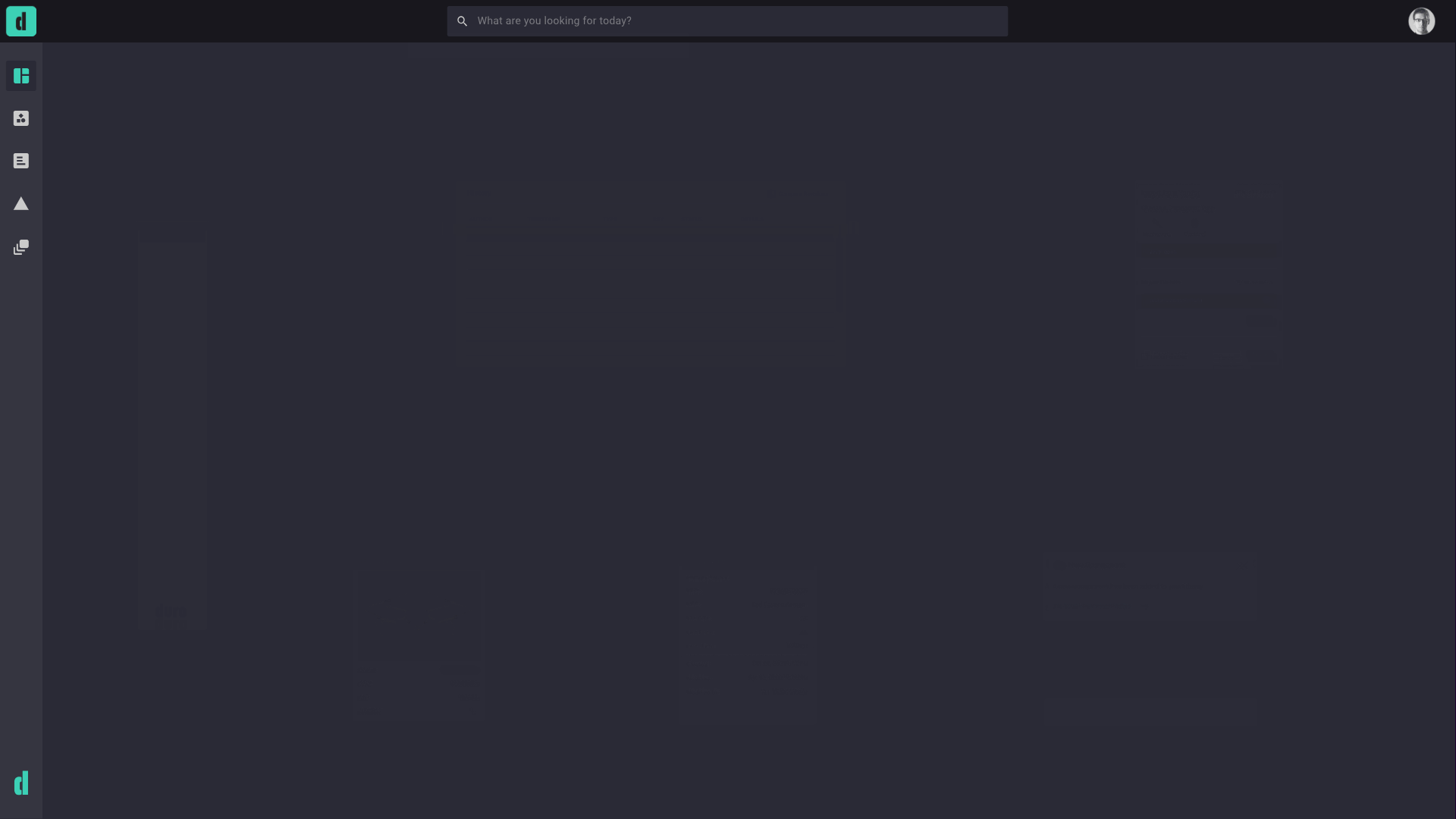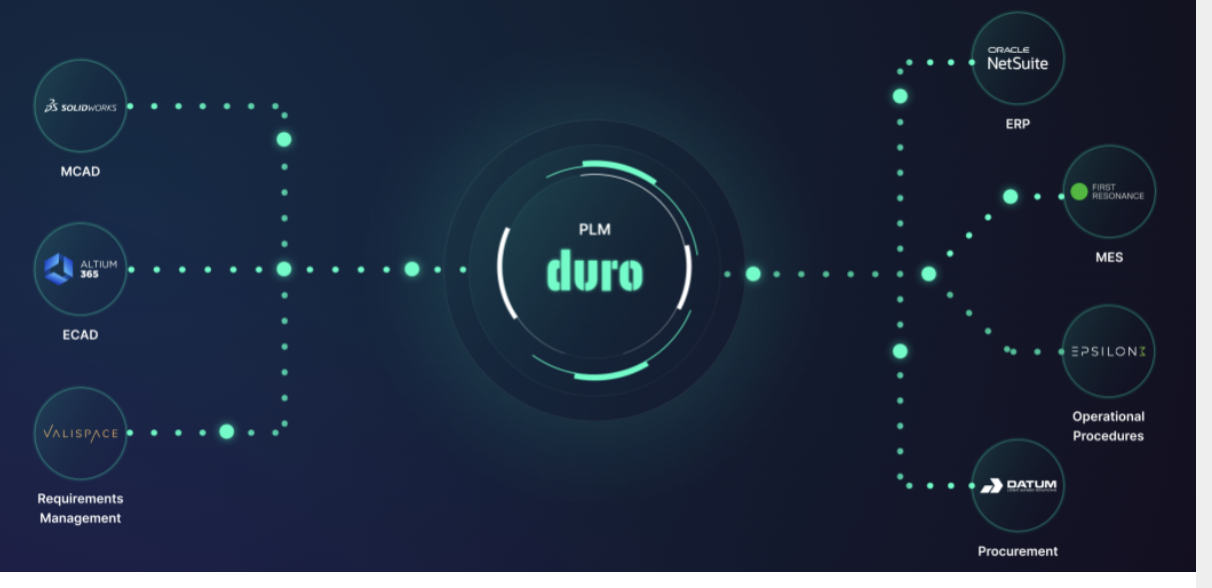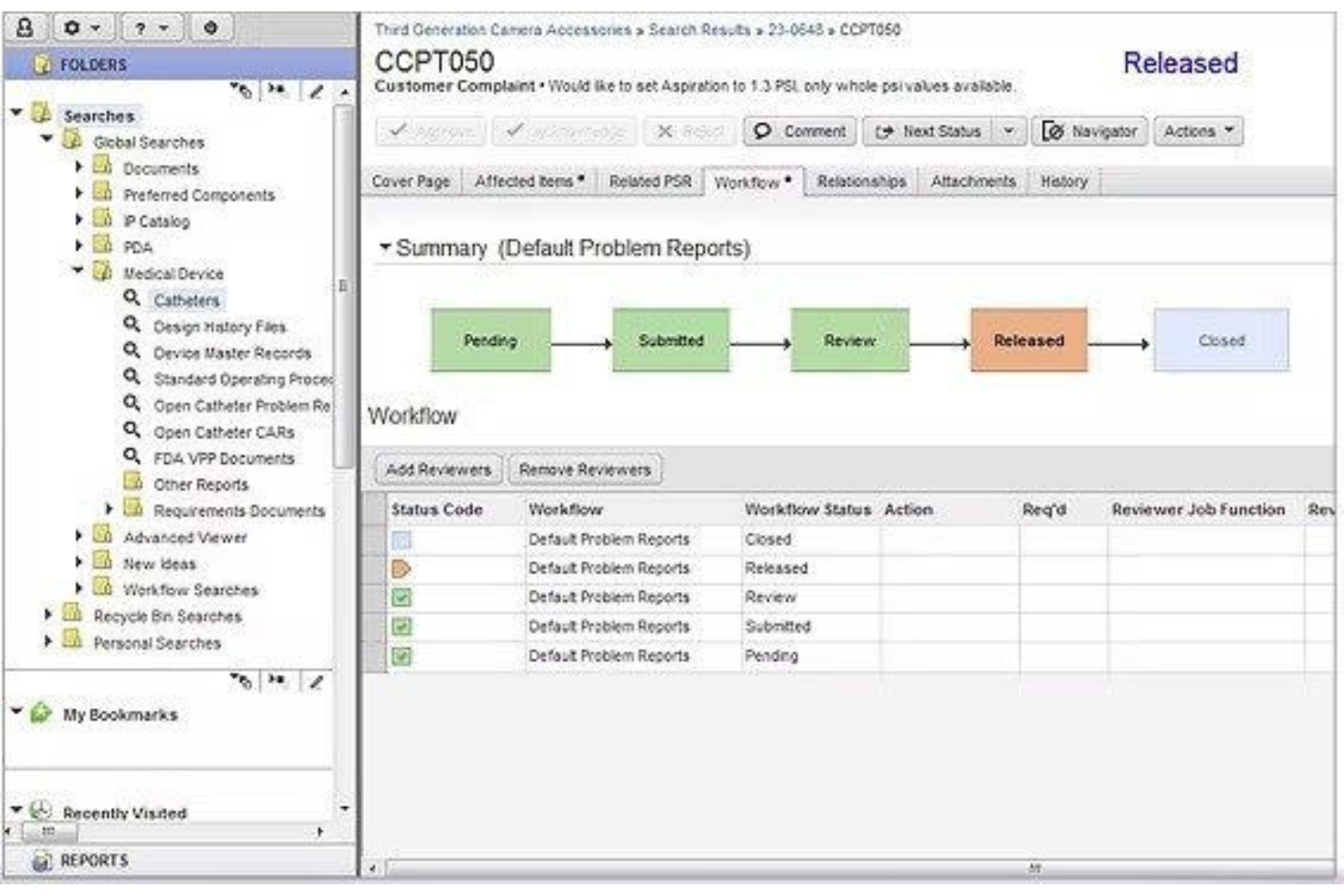TABLE OF CONTENTS
Duro and Oracle Agile PLM have each played a significant role in the PLM industry, though with different approaches. Oracle PLM is widely seen as a traditional “legacy” system, while Duro is viewed as a more modern, cloud-native alternative.
While Oracle PLM was once marketed as “the agile” solution, it has struggled to keep pace with SaaS growth and the shift toward cloud-native platforms. In contrast, Duro has been described as the PLM bringing hardware development into the agile era.
Today, these two PLM systems stand at a crossroads—one is reaching the end of its lifecycle, with support ending in 2027 and users encouraged to migrate, while the other continues to evolve with AI-driven capabilities and natural language functionality to meet the changing demands of manufacturing.
This guide breaks down the key differences between these PLM solutions to help you determine which best aligns with your organization’s needs. If you’re already considering a transition away from Oracle Agile PLM, check out our guide on how to make the switch and avoid a lengthy migration.
Duro PLM Overview
Duro is an AI and cloud-native PLM platform that accelerates time to market, helping engineering teams develop products up to three times faster. Its agile, lightweight architecture streamlines bill of materials, change orders, and sourcing management. Duro ensures smooth and instant connectivity with out-of-the-box integrations for CAD tools like SolidWorks, NX, and Altium, as well as ERP systems like NetSuite. Duro offers self-hosted PDM for tailored data management and is a trusted, ITAR-compliant solution for aerospace, robotics, industrial automation, and energy management companies.

Oracle Agile PLM Overview
Oracle Agile PLM has been a cornerstone of the PLM industry, known for its deep integration with Oracle’s ERP and SCM systems, enabling unified workflows and data management. Its highly configurable platform allows extensive customization through workflows and business rules, making it adaptable across industries. With advanced change management, document control, product costing, supplier collaboration, and quality management, Oracle PLM supports regulated industries. Its on-premises and hybrid deployment options suit organizations needing local infrastructure. Backed by a long history and a large installed base, it remains a proven choice for managing complex product lifecycles.
Duro PLM Differentiators
Instant onboarding
Duro’s streamlined implementation gets companies operational in hours. With optimized workflows and plug-and-play integrations, users can quickly adopt the PLM without disrupting projects. The intuitive UI eliminates the need for extensive training or consultants, making it ideal for agile teams.
User-friendly interface
Duro’s clean, modular design ensures easy navigation, even for non-technical users. Focusing on essential features reduces onboarding time and boosts efficiency, optimizing it for growth and performance without unnecessary complexity.

Lightweight design
Duro’s flexible, lightweight platform adapts to company needs, providing a streamlined alternative to feature-heavy solutions like Oracle PLM and Teamcenter. Its plug-and-play capabilities and native integrations eliminate the need for third-party services, simplifying implementation and improving efficiency.
Best-of-breed tech stack
Duro empowers modern engineering teams to craft their ideal hardware tech stack. With integrations for leading tools like SolidWorks, Siemens NX, and Altium 365, Duro ensures efficient data synchronization across platforms. This flexibility allows teams to use their preferred tools without being locked into a single ecosystem, driving collaboration and productivity.

Change orders approved in seconds
Duro streamlines approval processes with customizable change order workflows, approval templates, and Slack notifications for rapid feedback and expedited design approvals. Duro users can tailor forms and workflows using YAML files to meet their organization’s specific needs. The platform supports Engineering Change Orders (ECO), Manufacturing Change Orders (MCO), and Documentation Change Orders (DCO), ensuring review and approval processes align with internal standards and terminology.
Data management and automation
Duro emphasizes automation to minimize manual data entry, ensuring data accuracy and accelerating product development. Duro reduces errors by automatically retrieving datasheets, part specifications, and pricing from leading part distributors and keeps all team members aligned with the most current information. Companies like Rapid Robotics rely on Duro’s PLM to centralize product data and design revisions, enabling efficient collaboration and faster workflows.
ITAR-Compliant
Duro is fully ITAR compliant and offers a robust ITAR compliance checklist to support companies navigating strict regulatory requirements. Its cloud-native architecture safeguards sensitive data while enabling the agility needed to accelerate time to market. Today’s top aerospace companies choose Duro to build their ITAR compliant tech stacks to ensure regulatory compliance.
Product performance & upgrades
Duro’s flexible, lightweight design enables quick updates with minimal downtime, keeping teams productive and focused. Its efficient infrastructure allows instant upgrades, giving users access to the latest features without delays or disruptions. Duro’s recent NX add-in was rolled out to all users, and it is ready to install and configure within minutes.
AI Search functionality
Duro’s AI-powered search, leveraging natural language processing, differentiates it from Oracle PLM and other traditional PLMs like Teamcenter. This feature allows users to search intuitively using everyday language, such as ‘locating all 10K ohm resistors’ or identifying ‘BOMs with lead times over ten weeks.’ With quick and accurate access to data, Duro enhances productivity and simplifies the management of large datasets.
Who is Duro not suited for?
Duro may not be ideal for organizations that prefer on-premises or hybrid solutions requiring complex integrations they may not fully utilize. It is designed for teams seeking a streamlined, cloud-native approach, offering essential features without unnecessary complexity. Duro may not suit companies that are not yet ready to embrace AI-driven capabilities to meet emerging trends in manufacturing.
Oracle Agile PLM Differentiators
Oracle Agile PLM stands out for its robust enterprise integrations, reconfigurability, and comprehensive feature set. Oracle PLM has been a reliable choice for regulated industries and large-scale deployments because of its scalability and long-standing market presence. Here’s a breakdown of its key strengths:
Deep Oracle integration
Oracle PLM integrates effectively with Oracle’s suite of enterprise systems, including ERP and SCM. Its unified data model ensures consistent information across Oracle applications, enabling efficient workflows between PLM and other business processes.
Configurability and flexibility
Oracle PLM is highly configurable, offering extensive customization without the need for coding. Its adaptable workflows and business rules make it suitable for various industries and complex business needs. Duro is better suited for those seeking advanced customization options as it provides an API and a low-code interface, enabling tailored solutions to meet specific requirements.
Comprehensive feature set
With robust change management, document management, product costing, supplier collaboration, and quality management capabilities, Oracle PLM provides a broad feature set to support end-to-end product lifecycle management. However, companies transitioning from Agile PLM to Oracle Fusion may struggle with costly, custom integrations that are time-consuming to maintain.
Enterprise scale
Built for large-scale deployments, Oracle PLM is designed to handle extensive datasets with ease. Its on-premises foundation and support for hybrid workflows make it suitable for organizations requiring local infrastructure while managing multi-site, global implementations. Additionally, it maintains enterprise-grade security and performance to meet the demands of large, complex operations.
Oracle Agile PLM Limitations
User experience
Oracle PLM’s interface reflects traditional PLM solutions, with an older design that can feel outdated compared to modern PLMs. Its more complex navigation structure and steeper learning curve can pose challenges for new users, often requiring extensive training to achieve proficiency.
Cloud transition
Originally built for on-premise deployments, Oracle PLM’s transition to the cloud has lagged behind cloud-native competitors. Its cloud offerings are less mature, and hybrid deployments can be more complex to manage, limiting its appeal to teams seeking fully cloud-based solutions.
Modern integration
Lack of AI features
Oracle PLM’s lack of AI-driven capabilities hinders its ability to provide faster and smarter features like advanced search and reporting. Without AI enhancements, it will continue to struggle to deliver real-time insights or predictive analytics, resulting in slower workflows and limited efficiency compared to modern platforms like Duro.
The inevitable migration
With Oracle Agile PLM ending Premier Support in 2027, users will lose access to updates, security patches, and technical assistance, leaving only limited Sustaining Support. This creates significant risks, including security vulnerabilities and outdated functionality, forcing customers to migrate. We get asked daily about the scale of this migration.
Who is Oracle PLM not suited for?
Oracle Agile PLM is likely not a fit for companies seeking a more lightweight, flexible, cloud-native solution. Its on-premises roots and heavy infrastructure make it better for organizations that are comfortable with managing extra tools and vendor lock-in. Businesses prioritizing change, AI-driven efficiency, and streamlined integrations may find it limiting, especially if they prefer to avoid unnecessary complexity or reliance on contractors.
Choosing the Right Agile PLM Software
Whether selecting a traditional system like Oracle PLM or a modern platform like Duro, choosing software that aligns with your team’s specific needs and workflows is critical. A strong PLM should centralize product data, streamline management processes, and empower teams with tools that add real value. A lightweight, flexible solution that avoids unnecessary complexity allows you to focus on driving innovation and growth.
Equally important is selecting a PLM system with agile workflows that adapt to your processes—not the other way around. Rigid, outdated systems can hinder progress, stifle innovation, and increase costs. A flexible PLM lets you use only the tools you need, avoid vendor lock-in, and stay competitive across evolving industries.
The rise of AI in manufacturing and supply chain operations has positioned cloud-native PLMs like Duro at the forefront of innovation. An AI-enabled PLM drives faster decision-making, predictive analytics, and improved collaboration—key for companies aiming to stay ahead. We see this with aerospace companies leading in PLM adoption, embracing agile workflows and advanced technologies to drive innovation and meet compliance.
Not all businesses are ready to move beyond traditional on-premises or hybrid systems. However, for those prepared to adapt, Duro’s AI-powered platform provides the scalability and agility needed to thrive in the future of PLM, manufacturing, and the Fourth Industrial Revolution (4IR).



